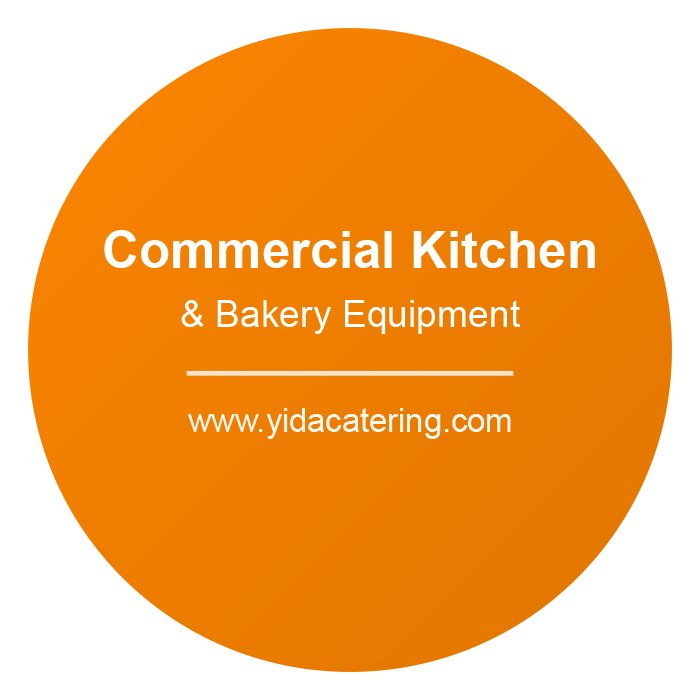In the world of commercial baking, success is built on two pillars: quality and efficiency. While passion and skill are essential, the secret to scaling a bakery lies in smart bakery automation. The term “dough processor” doesn’t refer to a single machine, but rather a family of specialized equipment designed to handle every stage of dough preparation, from the initial mix to the final shape. Investing in these machines is the most effective way to transform your workflow, boost output, and deliver a perfectly consistent product every single time.
What Are Commercial Dough Processors?
Commercial dough processors are a category of machines that automate the manual, labor-intensive tasks of preparing dough for baking. They form an interconnected system—a bread production line—that ensures consistency, speed, and precision at a scale that is impossible to achieve by hand. By mechanizing each step, you gain complete control over your product and your process.
The Core Four: Key Types of Dough Processors
A complete dough processing line typically consists of four key machines, each with a specific role in the workflow.
- Dough Mixers: This is where it all begins. A commercial spiral or planetary mixer is the foundation of any bakery, ensuring ingredients are perfectly incorporated and gluten is developed correctly, batch after batch.
- Dough Dividers & Rounders: Once mixed, the bulk dough must be portioned. An automatic dough divider takes a large mass of dough and instantly splits it into pieces of equal weight. A divider-rounder goes one step further, automatically rolling these pieces into tight, uniform balls, perfect for proofing.
- Dough Sheeters: For products like croissants, puff pastry, pizza, and even fondant, a dough sheeter is essential. It passes the dough through rollers to create perfectly uniform sheets of a precise thickness, achieving a level of consistency that is critical for laminated doughs and flatbreads.
- Dough Moulders: This is the final shaping stage. A dough moulder takes a portioned piece of dough and expertly shapes it into a specific form, such as a tight cylinder for a toast loaf, a long, thin log for a baguette, or the iconic crescent of a croissant.
Why Should You Invest in a Dough Processing Line?
Integrating a system of dough processors provides benefits far beyond what a single machine can offer.
- Unmatched Efficiency & Speed: The entire process, from mixing to shaping, is accelerated dramatically. What takes a team of bakers hours to do by hand can be accomplished in minutes.
- Guaranteed Consistency: Machine precision eliminates human error. Every loaf and pastry will have the same weight, shape, and density, leading to uniform baking and a reliable, professional-grade final product.
- Significant Labor Reduction: Automating repetitive tasks like scaling and shaping frees up your skilled bakers to focus on more valuable activities like recipe development, oven management, and finishing.
- Superior Product Quality & Control: Processors handle dough more gently and consistently than is possible by hand. This leads to better crumb structure, ideal degassing, and a superior final texture.
How Do Dough Processors Work Together? An Example Workflow
Imagine producing a batch of sandwich bread:
- Mix: A spiral mixer combines your ingredients into a perfectly developed dough.
- Divide: The entire batch is placed in a dough divider, which portions it into 36 identical pieces in seconds.
- Round: The pieces go through a rounder to create uniform balls for an even intermediate proof.
- Mould: Each ball is fed into a dough moulder, which sheets it and rolls it into a perfect log, ready for the loaf pan.
This seamless workflow ensures every loaf that comes out of your oven is identical to the last.
What to Consider When Building Your Dough Processing Line
- Start with Your Final Product: The equipment you need is determined by what you sell. A pizzeria needs a mixer, divider, and sheeter. A high-volume bread bakery needs a mixer, divider, and moulder.
- Calculate Your Required Throughput: Assess your hourly and daily production needs to choose machines with the right capacity.
- Assess Your Available Space: These are industrial machines. Plan your layout carefully, ensuring a logical flow from one machine to the next.
- Plan for Future Growth: It’s often wise to invest in equipment with slightly more capacity than you currently need to accommodate future business growth.
Investing in a line of dough processors is the single most important step you can take to move from a small-scale bakery to a professional, high-output production facility. It’s an investment in quality, consistency, and a more profitable future.
Ready to build your bakery’s future? Explore our full range of commercial dough processing equipment and design your perfect production line today!

